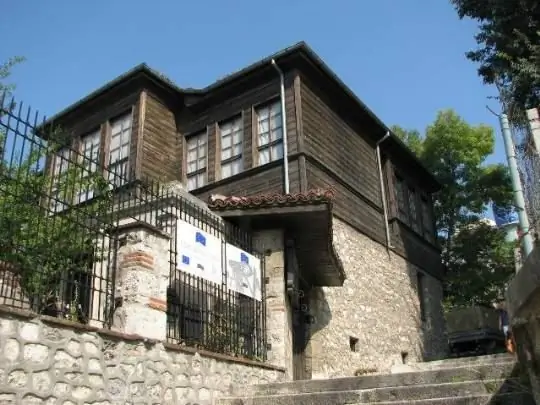
Description of the attraction
The Ethnographic Museum of Varna is one of the most interesting museums in the sea capital. It is located in a building built around 1860, which looks like a typical Renaissance building. The opening of the museum took place relatively recently - in 1974.
Here you can see the life and culture of the population of the Varna region in all its diversity. The time span covered by the museum's exposition is the second half of the 19th century and the first half of the 20th.
The first floor is occupied by an exhibition demonstrating the key types of peasant crafts - animal husbandry and agriculture, beekeeping, fishing, viticulture. Special attention should be paid to such crafts as copper, cooper, furrier and weaving.
One of the most curious museum exhibits can be called a ralo - an ancient, small-sized primitive tool, which was previously used to loosen the soil. It was replaced by a plow. Also shown are the vessels in which the cereals were stored and the bread baking tins. In the same room, you can listen to a lecture on key labor practices during the sowing and harvesting periods.
The second floor is occupied by a selection of folk costumes. The clothing of the population in each place of the district is distinguished by a great variety in view of the complex processes of population migration that were characteristic of the turn of the 18-19 centuries. Costumes that belonged to the main ethnographic groups of the region - not only local residents, but also settlers from Asia Minor, Macedonia and Thrace - are exhibited here. The most memorable are the ritual costumes.
A separate place in the museum is reserved for exhibits dedicated to the wedding rituals of these regions.






